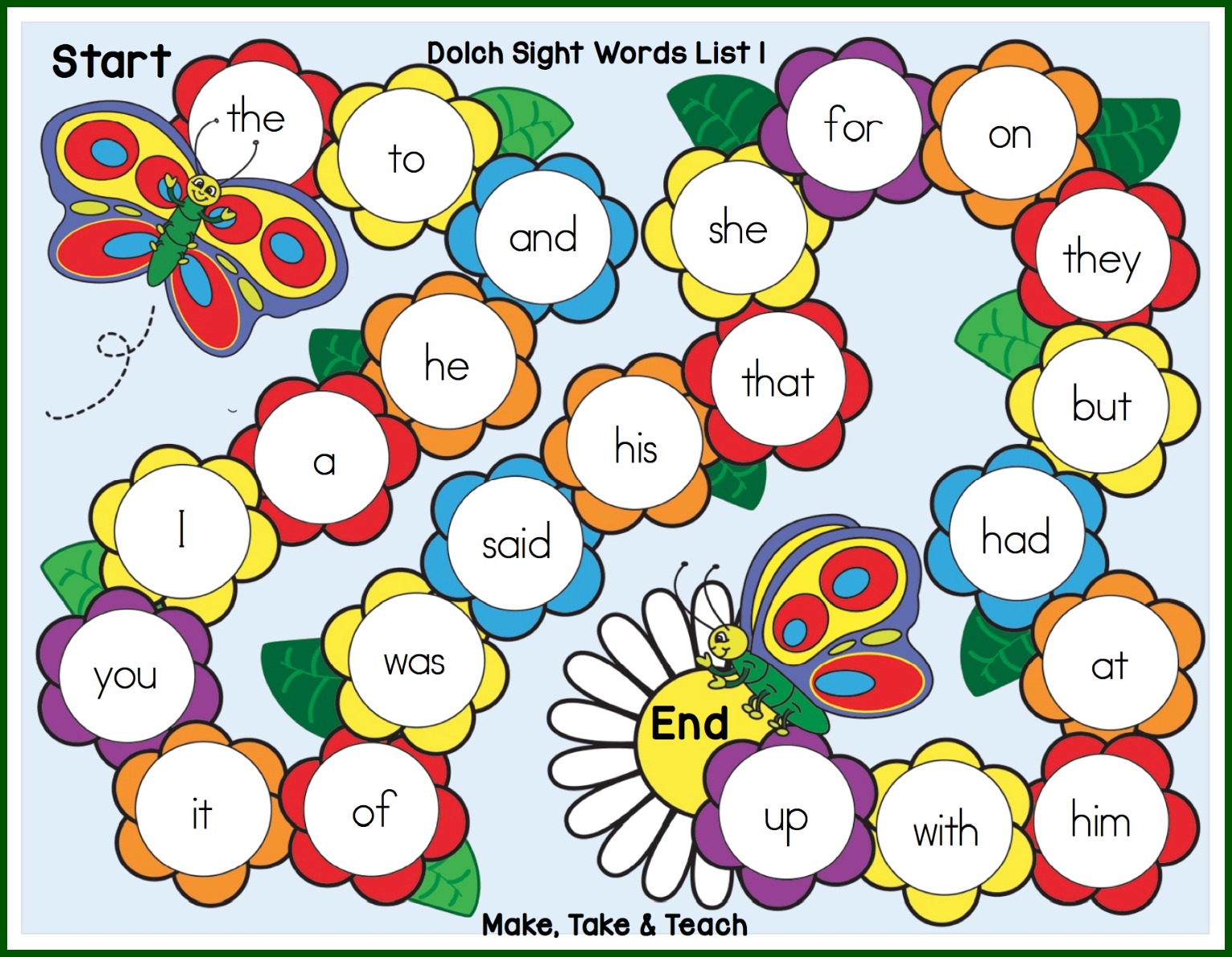
My five-year-old is continually making up new sounds. However, in first grade, when students are reading two-syllable words, students will depend on their early reading practice and muscle memory. Nonsense words are generally taught in Kindergarten when learning to decode CVC words. Teaching children the common chunks of words or nonsense words for decoding, helps them recognize those chunks in larger words. Even though the syllable may not hold meaning, it still, generally, follows the rules of phonics. When students practice reading words that are not real, they are practicing an important reading skill: breaking apart a word into a syllable that may not hold meaning by itself. The work they are doing now, to read nonsense words will help them read multisyllabic words next year. But, their brains are developing muscle memory and patterns of reading. this is where nonsense words come into play.ĭo kindergarteners need to read multisyllabic words yet? No. However, not all syllables are real words. When we teach reading to young children, we start with short vowels. We work with syllables orally during phonemic awareness, but this oral practice transfers to reading words. We have students clap syllables, jump on each syllable or do something else to signify the number of syllables in a word. When teaching phonemic awareness, we often break words into syllables. Nonsense words are a syllable and help students learn to decode larger words Most of the following reasons come from the perspective of being a second-grade teacher and watching students struggle to accurately read syllables in multisyllabic words because of their lack of phonics skills. Why teach and assess nonsense words? Why are they important?īelow are a few reasons why you might teach and assess these words. I have a resource that practices many CVC nonsense words. Can you make a nonsense word out of it? What about tait or dait or vait? What did you come up with? How about the word lat or wat? Let’s do a harder word. Change one of the letters to make a nonsense word. Why? Because you can change any real word into a nonsense word by changing one or two letters in it.

A List of Nonsense WordsĪre you looking for a list of nonsense words? Really, there is no one list that encompasses them all. For example, “blork” is a nonsense word that doesn’t mean anything. They are usually used to teach and assess decoding.

Nonsense words are words that don’t have any real meaning. Which model you follow in your teaching of reading will influence how you read this post on nonsense words. In other words, when approaching an unknown word, students will use context first, before tapping into their phonics knowledge.įor now, know that there are two different models. That’s not to say students don’t use phonetic knowledge to decode, but that the primary method is context. The Non-Stage model says that all readers will use the same strategies to decode print and the primary strategy is context. As unskilled readers learn to read, they change the strategies they use because the new strategies are more efficient and effective. The basic gist of it is that the Stage Model says that children move through stages in their progression of learning to read and that readers at different levels will use different strategies to approach unknown words. Reading Acquisition: Stage Model and the Non-Stage Model

I had some students for three straight years and it was really interesting to see their reading progress from non-readers to reading multisyllabic words.īefore we go too much further let me explain two different models or viewpoints on reading acquisition.
Rationale for teaching sight words full#
I taught the full class in Kindergarten, then next year taught a 1/2 combo class, and the following year a straight 2nd-grade class. A couple of years ago I had the unique opportunity to loop up with a handful of students from Kindergarten to Second Grade.


 0 kommentar(er)
0 kommentar(er)
